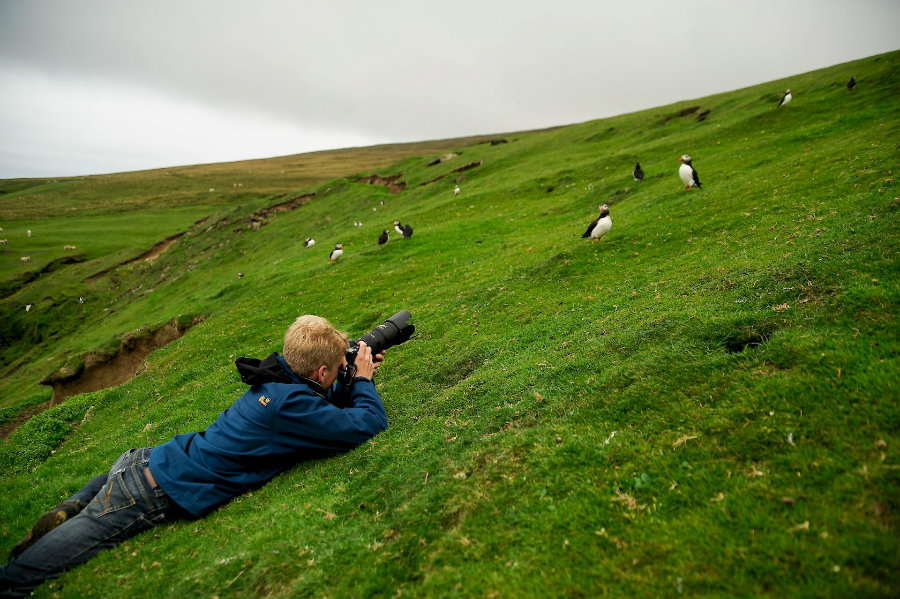The annual bird-spotting event, promoted by the National Audubon Society, started last week and will go on until January 5, despite weather conditions being tough to overcome in certain areas.
The bird counting is not an exclusive event of the National Audubon Society, as the project has been present in distinct communities across the U.S. since quite a long time. The first institutionalized macro event was in 1998 when the Cornell Lab of Ornithology and the National Audubon Society organized the Great Backyard Bird Count. In that opportunity, it was the first time that a citizen project could help so enormously the scientific community by gathering information about spotted bird species.

18 years after the first Great Backyard Bird Count, the event has become quite popular not only in America but globally. This year, the event included the participation of over 130 countries that manage to count almost 6,000 bird species registered in over 162,000 checklists. Any person could share their spottings while engaging with another person’s experiences. The participants could watch bird species from their native area or any place in the world, and anyone can if visiting the official web page.
The vital importance of this kind of events
The scientific community thanks and appreciates greatly volunteers in this kind of events, especially when they are conducted globally. The knowledge regarding the location of distinct bird species becomes fundamental when realizing studies and analysis.
Bird’s behavior is often unpredictable and dynamic, and for this reason, it is quite impossible for a single investigation team to conduct the observation necessary for exhaustive scientific study. However, thanks to events like the Great Backyard Bird Count promoted by the National Audubon Society, the scientists can use that complex information concerning bird species movements and location in their analyses.
Along with that global event, the scientific teams use all the information gathered by other projects like the Christmas Bird Count, Project FeederWatch, and eBird. These projects allow the massive data recollection needed for investigations teams. The Christmas Bird Count Coordinator for the South Vancouver region, David Boyd, explains a bit why people participate and the experience itself.
“I get a great thrill out of watching birds and I get a lot of pleasure also in seeing other people enjoy it. It attracts quite a few people who are very tentative about birding. They feel they aren’t adequate, but, if you put them with someone who has birdwatching skills, it often quite inspires them,” Boyd said in an interview during the annual Christmas Bird Count.
The data recollected can also help scientist to respond several questions regarding the bird world and their relation to nature and weather. For example, the scientists could understand how the climate change affect bird populations across the world; if the migration behavior changes because of this phenomenon or even the differences between bird populations located in rural and suburban areas.
Source: HPJ
